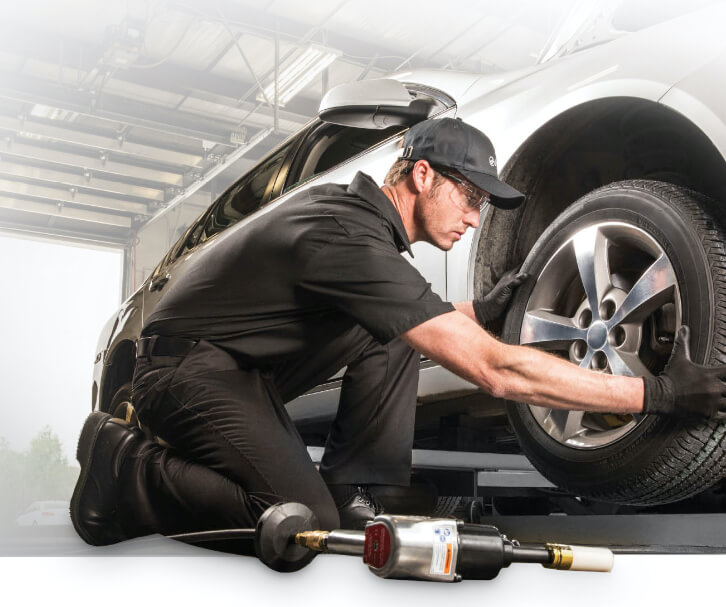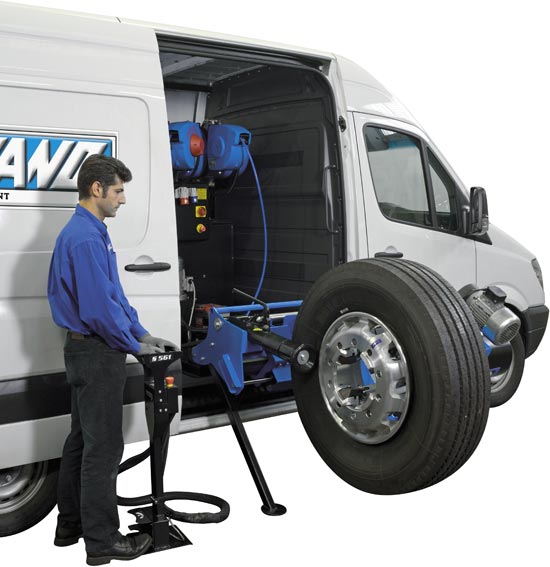Morris Tires: Where GMC Tire Service Satisfies Top Quality
Wiki Article
Tire Service: The Influence of Climate Condition
When it pertains to guaranteeing ideal efficiency and security when traveling, recognizing the effect of weather on tire solution is important. From scorching warmth to icy roadways, each weather condition aspect can significantly affect tire capability and overall driving experience. By delving into the results of varying weather condition problems on tires, chauffeurs can acquire valuable insights that may boost their automobile's performance and longevity. In this discussion, we will explore the detailed partnership between climate problems and tire solution, clarifying the value of weather-specific tire upkeep methods and considerations.Warmth and Tire Performance
When revealed to high temperatures, tires experience modifications in performance that can dramatically affect automobile safety and security and handling. The warmth produced from prolonged driving or hot weather condition conditions triggers the tire rubber to soften, leading to reduced step life and boosted wear.
Cold Weather Results
Winter problems can have a considerable influence on tire performance and security. As temperatures drop, tire rubber can set, causing lowered grip on icy or snow-covered roadways. In cool weather, tires might additionally lose atmospheric pressure much more quickly, which can influence dealing with and fuel effectiveness. Furthermore, chilly temperature levels can trigger tire sidewalls to tense, raising the threat of damage from craters or various other road dangers.To mitigate the results of cool weather on tires, it is crucial to frequently examine tire pressure and inflate them to the producer's advised levels. Utilizing winter season or all-season tires created for cool climate conditions can likewise enhance traction and hold on icy or snowy roads. Correct tire upkeep, consisting of normal evaluations for wear and damages, comes to be also extra vital during colder months to guarantee ideal performance and security.
Rainy Issues Influence
Tires with damaged treads are a lot more prone to hydroplaning, where a layer of water builds up in between the roadway and the tire surface area, leading to loss of traction. To combat this, chauffeurs ought to on a regular basis inspect their tires for appropriate tread depth and consider spending in tires especially developed for wet problems.Additionally, wet climate can additionally lower visibility, making it challenging for motorists to see the road ahead plainly (GMC Tire Service). In such problems, it is necessary to adjust driving speeds accordingly and keep a safe adhering to distance to permit sudden quits. Correctly inflated tires can additionally help in keeping control on wet roadways by supplying much better handling and hold
Snow and Tire Security
When driving in snowy problems, having the ideal tires can make a significant difference in safety and security and efficiency. Winter season tires are developed with unique rubber substances my sources and walk patterns to offer much better grip on snow and ice contrasted to all-season tires.
It is essential to follow supplier instructions when using and setting up tire chains to protect against damage to the tires and car. By picking the right tires, maintaining correct inflation, and taking into consideration additional grip help like tire chains, motorists can enhance their security when browsing snow-covered roadways.
Weather-Related Tire Upkeep
When confronted with various weather problems, correct tire maintenance comes to be a vital facet of vehicle safety and performance. Weather-related tire maintenance encompasses a variety of methods focused on making sure optimum tire function and durability in various climate circumstances. One vital aspect of weather-related tire upkeep is tire pressure regulation. Rising and fall temperature levels can cause tire stress to differ, influencing grip and fuel effectiveness. Routinely checking and changing tire pressure according to maker referrals is crucial for safe driving in altering climate condition. Furthermore, tire step depth plays a substantial role in taking care of different climate aspects. Tires with appropriate tread deepness supply better hold on damp or icy roads, decreasing the risk of skidding or hydroplaning. When tread wear gets to a particular deepness is important for keeping traction and security in negative weather, evaluating tire walk consistently and replacing tires. By focusing on weather-related see page tire upkeep, vehicle drivers can enhance safety and security, improve car performance, and extend the life expectancy of their tires.
Final Thought
In final thought, climate conditions have a significant influence on tire efficiency and safety. From heat affecting tire you can look here stress and use to chilly climate minimizing traction, it is crucial to consider the weather condition when preserving and making use of tires.In this discussion, we will certainly check out the elaborate partnership between weather condition conditions and tire solution, shedding light on the relevance of weather-specific tire upkeep methods and considerations.

Report this wiki page